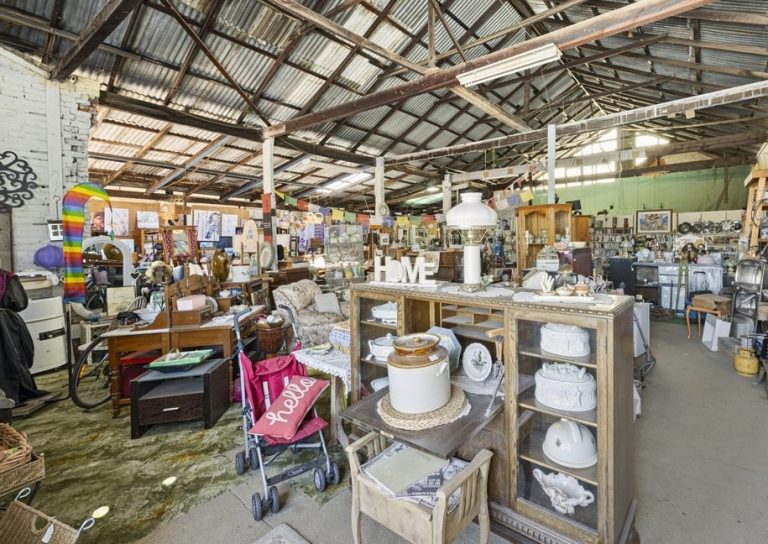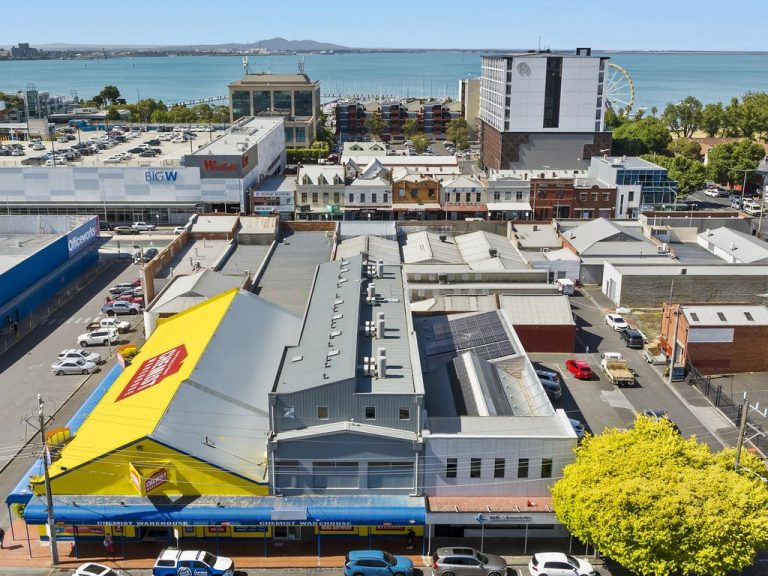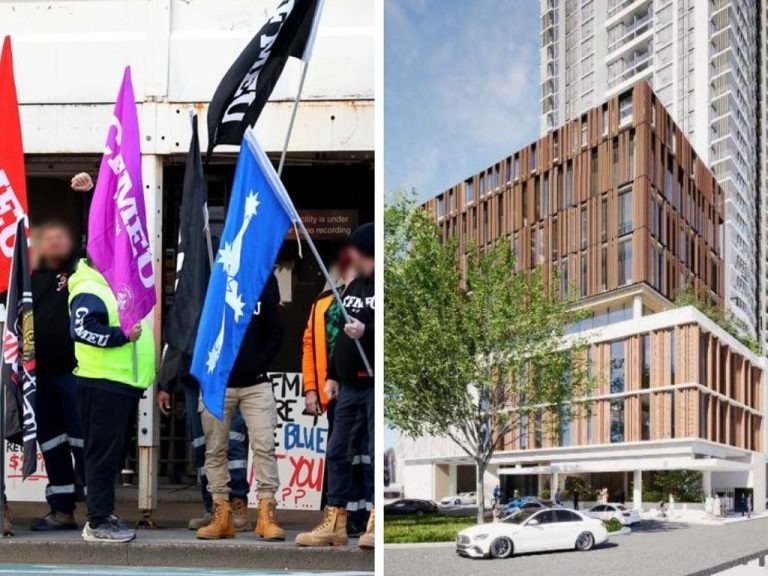Foreign investment key to fixing our housing woes
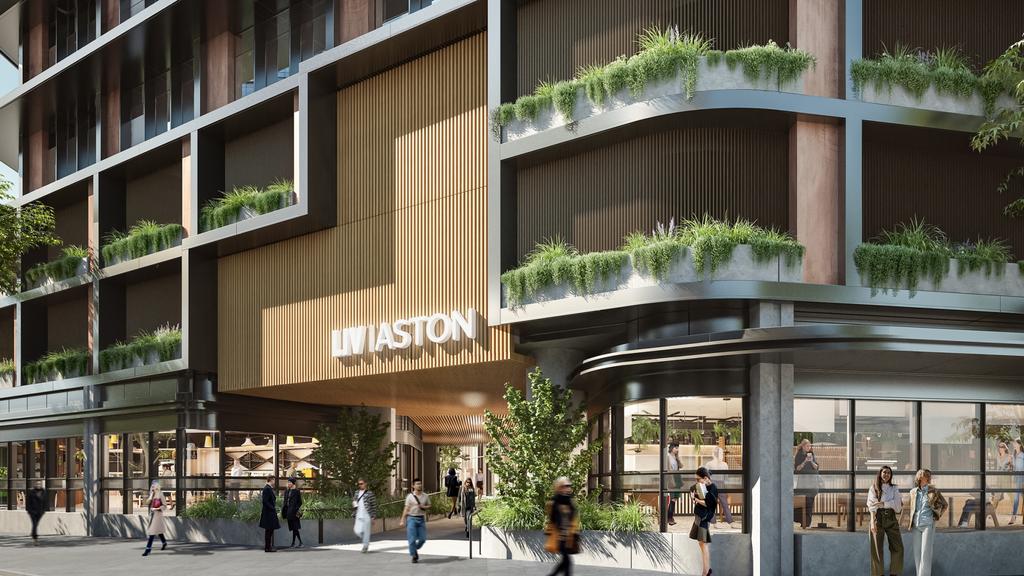
Artist’s impression of Mirvac’s third build-to-rent project, LIV Aston, in Melbourne. Picture: Supplied
The burgeoning build-to-rent sector has the potential to more than triple over the next three years, but experts say foreign investment settings must be right to make that happen.
A report from real estate firm Colliers has found the BTR sector, which has a current estimated capital value of $3.3bn, is set to see supply balloon three-and-a-half times to 16,500 units by 2026.
More than $5bn in capital was raised last year, with the average project expected to get larger as more funding hits the sector. The current average BTR projects host 281 apartments, but this is likely to rise to an average of 365 apartments by 2028.
Mirvac’s general manager of build-to-rent, Angela Buckley, says the model, which is widely accepted overseas, could be used to tackle the nation’s housing crisis.
“What’s fantastic about the build-to-rent sector is the stability it could bring in helping to overcome the volatility that currently exists in the market, if we can attract institutional capital,” Ms Buckley said.
“These are the most responsible investors in the world, and they are looking for long-term, risk-adjusted returns … they don’t want 10 per cent growth each year because that’s not normal for stability.”
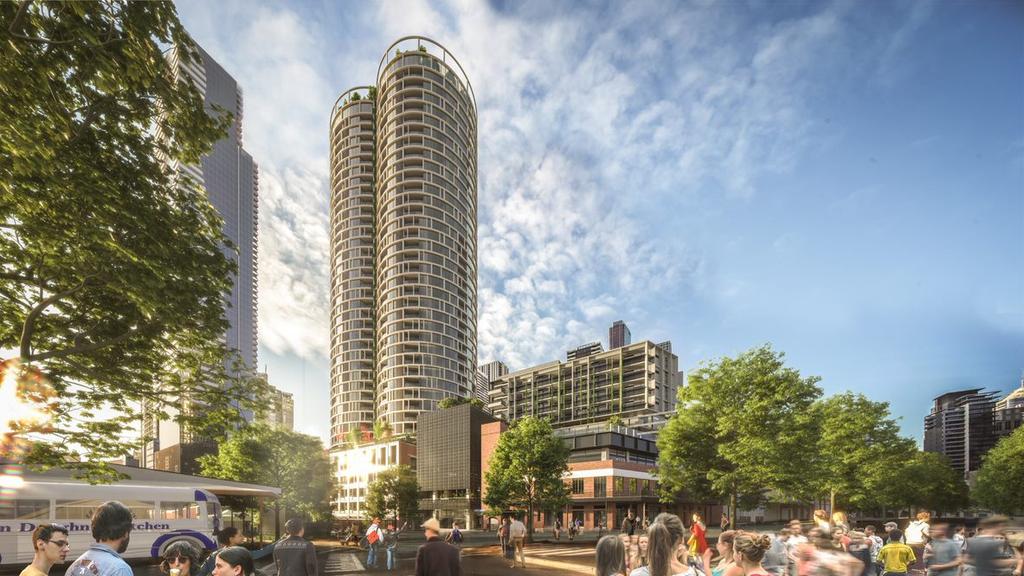
Render of the Mirvac build to rent project LIV Munro in Melbourne. Picture: Supplied
Colliers national director of residential capital markets Robert Papaleo said there was a critical requirement for institutional investment to boost alternative housing models.
“The urgent need for institutional investment and alternative housing models to provide a helping hand for Australia’s housing crisis has many parallels to the UK’s situation in the early 2010s, ahead of institutionalisation of its now robust BTR market,” Mr Papaleo said.
“The nature of projects is maturing, as market participation of institutional investors, who account for six of the top 10 BTR platforms in Australia, 13,650 completed and committed BTR apartments, as well as sites which may provide an additional 8250 apartments, induces developers to bring forward projects with innovative partnership models and alternative structured deals.”
Ms Buckley said she believed state governments should be looking at planning levers and land-tax concessions to make the sector more viable.
Last week, the federal government introduced legislation to adjust the foreign investment framework, which will include lower investment application fees for overseas investment in build-to-rent projects. The Colliers report showed the majority of overseas capital, which represents 45 per cent of the sector’s funding, originates in North America, Japan and Europe.
The Property Council of Australia believes the BTR sector has the potential to deliver 150,000 new rental homes into the market if the investment settings are right.
New laws have been welcomed by the body’s group executive of policy and advocacy, Matthew Kandelaars, who said reducing foreign investment application fees for build-to-rent projects to the lowest appropriate commercial level was the right move.
“In a competitive global capital market, promoting foreign investment into much-needed new housing makes sense,” Mr Kandelaars said.
Colliers’ Mr Papaleo said the BTR evolution could lead to more institutional investment in purpose-built student accommodation, land lease communities and co-living.

